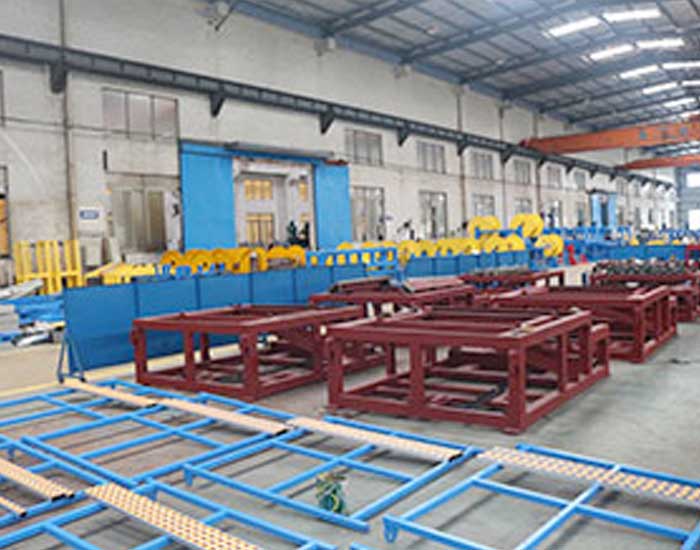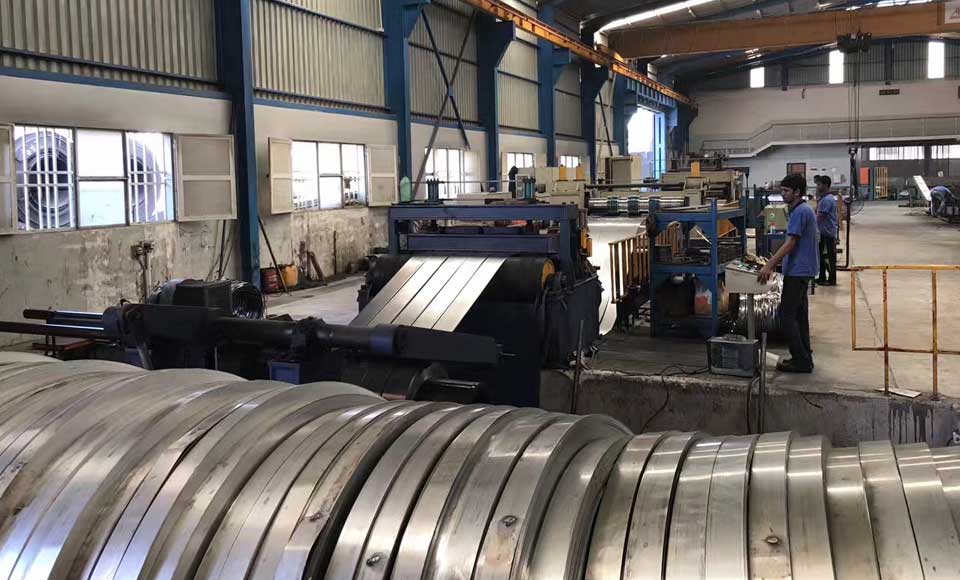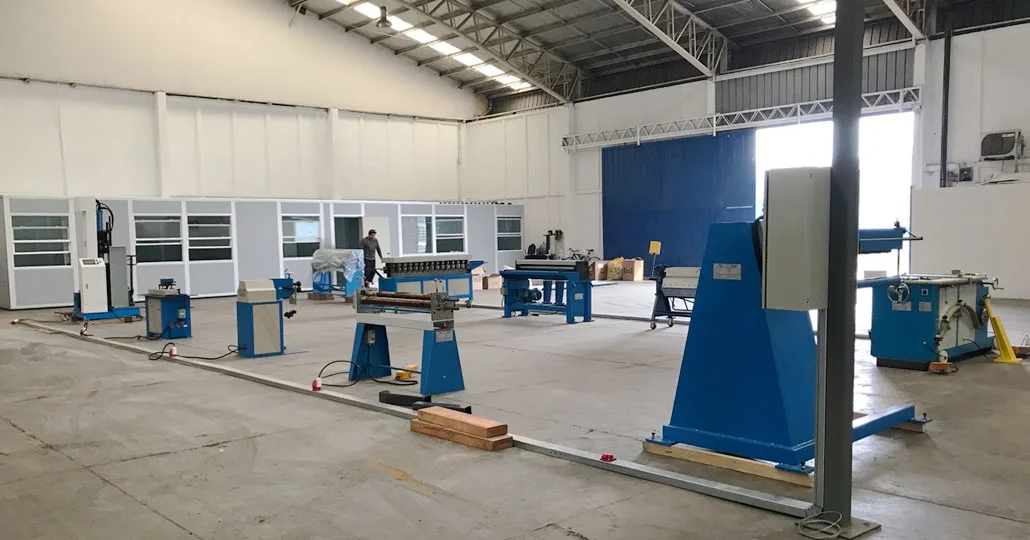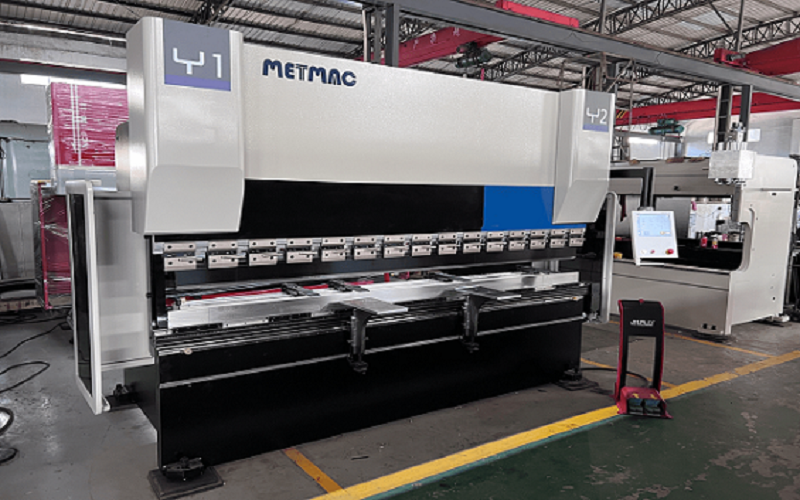
The Evolution of Bending- A Look at the History of Pan Brake Machines
- By:Metmac
- 2024-06-04
- 99
Pan brake machines have played a significant role in metalworking for centuries, evolving significantly to meet the demands of modern industrial production. The following article traces the development of these versatile machines, highlighting key innovations and milestones in their journey.
Humble Beginnings:
Pan brake machines originated in the 19th century as simple devices for bending sheet metal. Early models were manually operated and consisted of a stationary die and a movable punch. The operator would place the sheet metal between the die and the punch, then apply force to bend it to the desired angle. These manual machines were laborious and inefficient, but they laid the foundation for more advanced designs.
Hydraulic Revolution:
In the early 20th century, hydraulics revolutionized the pan brake industry. Hydraulically powered machines offered greater accuracy, force, and repeatability than manual models. They could bend thicker materials more easily and consistently, opening up new possibilities for metal fabrication. The use of hydraulic systems also allowed for more complex bending operations, such as forming compound curves and flanges.
Computer Controls:
With the advent of computer controls in the 1980s, pan brake machines entered a new era of sophistication. Computer-aided design (CAD) software allowed engineers to create complex bend programs that could be fed directly into the machine. This resulted in higher accuracy and faster production times. Electronic controls also made it possible to store bending parameters for different materials and applications, ensuring consistency and quality.
Servo Motors:
Another major advancement was the introduction of servo motors in the late 20th century. Servo motors provide precise control over the speed and position of the punch, enabling more accurate and complex bending operations. They also reduce noise and vibration, improving working conditions and machine longevity.
Modern Machines:
Today, modern pan brake machines are highly versatile and powerful tools that can perform a wide range of bending applications. They are equipped with features such as multi-axis CNC control, laser positioning systems, and automatic tool changers. These advanced machines offer unparalleled precision, efficiency, and flexibility, making them indispensable for demanding industrial environments.
Conclusion:
The evolution of pan brake machines has been driven by technological breakthroughs and the ever-changing demands of the metalworking industry. From humble beginnings as manual devices to highly sophisticated automated systems, these machines have played a vital role in shaping the world’s industrial landscape. As technology continues to advance, the future of pan brake machines is sure to bring even greater innovation and efficiency to the metal fabrication process.
-
The Advantages of Using a Sheet Roll Forming Machine in Manufacturing
2024/09/14 -
How to Optimize Your Laser Sheet Cutting Machine for Maximum Performance
2024/09/12 -
How to Maximize Efficiency with Modern Sheet Metal Working Machines
2024/09/04 -
The Environmental Benefits of Using Duct Board Grooving Machines
2024/09/03
-
Enhancing Duct Fabrication with Advanced Duct Beading and Grooving Machines
2025/05/11 -
Efficient Duct Fabrication Solutions with Advanced Grooving and Sealing Machines
2025/05/11 -
Precision Bending Solutions with Metal Plate and Duct Fabrication Machines
2025/05/11 -
Precision and Efficiency with Advanced Sheet Metal Machinery
2025/05/09
-
A Guide to the Latest Innovations in Sheet Metal Folding Machines
2024/11/29 -
Key Features to Consider When Investing in a Sheet Metal Folding Machine
2024/11/28 -
Enhancing Precision with Advanced Sheet Metal Folding Machines
2024/11/27 -
How to Choose the Right Sheet Metal Folding Machine for Your Workshop
2024/11/26



